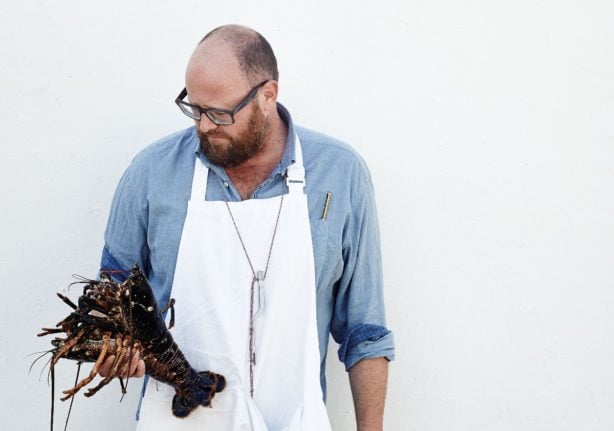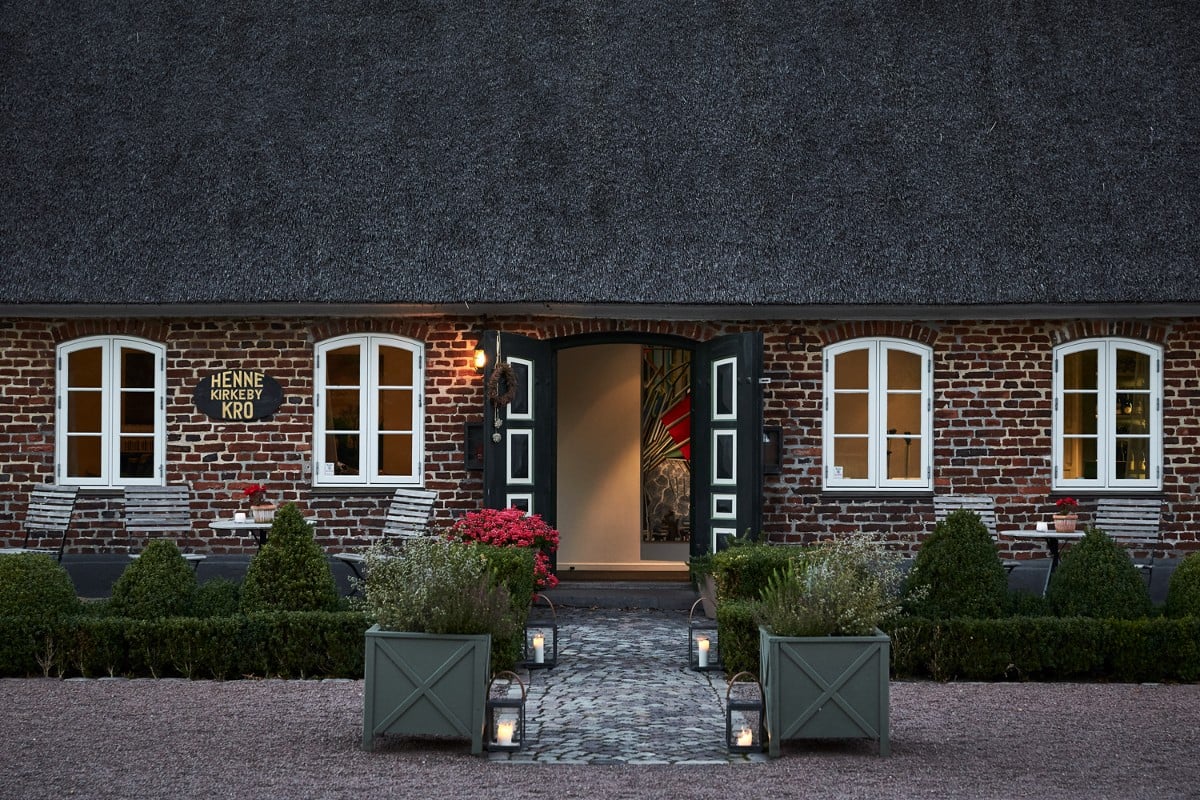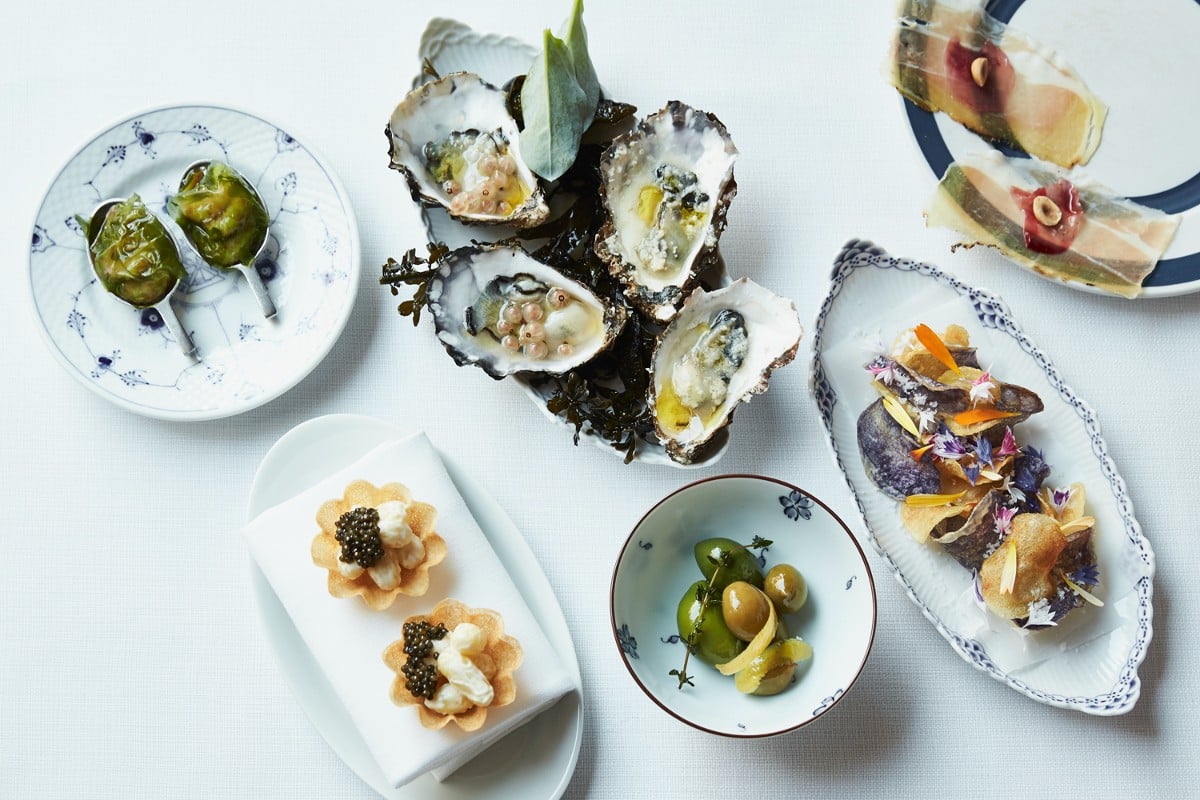The Danish Holiday Act (Ferieloven) provides for a generous number of paid vacation days and the rules are important to be aware of, particularly if you are an employee of a Danish company.
There are a number of rules relating to the different types of vacation days, how they are earned and when you can use them.
The Danish Holiday Act covers most salaried employees, although some people, such as independent consultants or freelancers, are not encompassed.
The law, which covers the five standard weeks or (normally 25 days) of paid vacation, states that:
- If you have a job covered by the Danish Holiday Act, you are entitled to take vacation during the vacation year period.
- You earn paid vacation throughout a calendar year at the rate of 2.08 days per month.
READ ALSO: Feriepenge: Denmark’s vacation pay rules explained
Vacation time is accrued in the period September 1st-August 31st and vacation can be taken in the same year that you earn it and up to December 31st the subsequent year – in other words, over a 16-month period.
Holiday earned during a given month can be used from the very next month, in a rule referred to as concurrent holiday (samtidighedsferie). You can check how much holiday you have accrued and are therefore entitled to take at a given time by logging in to the relevant section of the borger.dk portal.
Outside of the vacation guaranteed under labour laws, some companies offer additional general holidays for staff, depending on tradition – for example, on Labour Day or Constitution Day. This might depend on whether you’re a private or public sector worker, and the custom in the industry in which you work. Check with your employer for details.
READ ALSO: When are Denmark’s public holidays in 2023?
What else do I need to know about paid vacation?
The Danish vacation year is broken down so that there is a “main holiday period” (hovedferie in Danish) which starts on May 1st and ends on September 30th. During this time, you are entitled to take three weeks’ consecutive vacation out of your five weeks.
A lot of people take three weeks in a row while others break it up – which is why you often hear Danish people who work full time wishing each other a “good summer holiday” as if it’s the end of the school term.
READ ALSO: Five Danish phrases you only hear in summer
Outside of the main holiday period, the remaining 10 days of vacation, termed øvrig ferie in Danish, can be taken whenever you like. You can take up to five days together but may also use the days individually.
If your employer wants to decide when you should take any of your vacation days, they have to let you know at least three months in advance for main holiday, or one month in advance for remaining holiday (barring exceptional circumstances, such as an unforeseen change to the company’s operations or if the company closes for the summer shortly after you begin employment).
If you have not earned paid vacation, you still have the right to take unpaid holiday. However, people whose right to work in Denmark is dependent on a sponsored visa or other form of work permit should check whether their visa allows them to take unpaid leave, since this may not be the case.
What is feriepenge?
If you work for a company in Denmark, your yearly time off is likely to be paid for by the ‘feriepenge‘ accrual system for paid annual leave.
‘Holiday money’ or feriepenge is a monthly contribution paid out of your salary into a special fund, depending on how much you earn.
You can claim back the money once per year, provided you actually take holiday from work. It is earned at the rate of 2.08 vacation days per month, as noted above.
If you are employed in Denmark, you will be notified when the money can be paid out (this is in May under normal circumstances) and directed to the borger.dk website, from where you claim it back from national administrator Udbetaling Danmark.







 Please whitelist us to continue reading.
Please whitelist us to continue reading.
Member comments